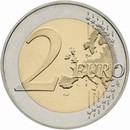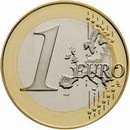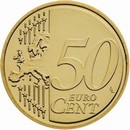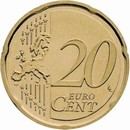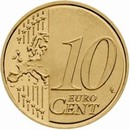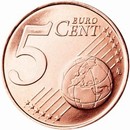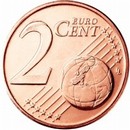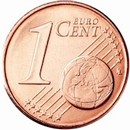Common european currency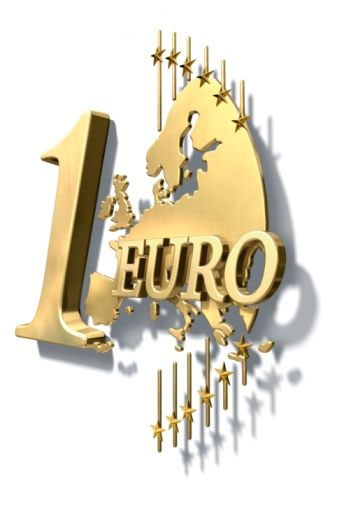
The euro is the official currency of the Eurozone: 16 of the 27 Member States of the European Union (EU) and is the currency used by the EU institutions. The eurozone consists of Austria, Belgium, Cyprus, Finland, France, Germany, Greece, Ireland, Italy, Luxembourg, Malta, the Netherlands, Portugal, Slovakia, Slovenia and Spain. Estonia is due to join the eurozone on 1 January 2011. The currency is also used in a further five European countries, with and without formal agreements, and is consequently used daily by some 327 million Europeans. Over 175 million people worldwide use currencies which are pegged to the euro, including more than 150 million people in Africa. The euro is the second largest reserve currency (a status it inherited from the German mark) as well as the second most traded currency in the world after the U.S. dollar. As of June 2010, with more than €800 billion in circulation, the euro is the currency with the highest combined value of banknotes and coins in circulation in the world, having surpassed the U.S. dollar. Based on IMF estimates of 2008 GDP and purchasing power parity among the various currencies, the eurozone is the second largest economy in the world. The name euro was officially adopted on 16 December 1995. The euro was introduced to world financial markets as an accounting currency on 1 January 1999, replacing the former European Currency Unit (ECU) at a ratio of 1:1. Euro coins and banknotes entered circulation on 1 January 2002. Euro Coin pictures & specifications
Reading a coin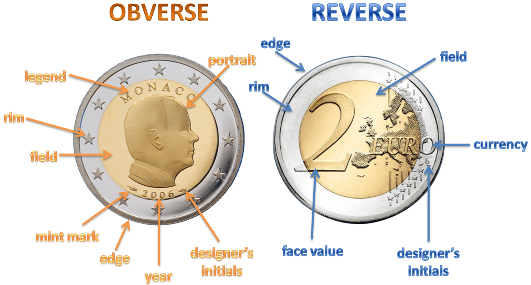 Common face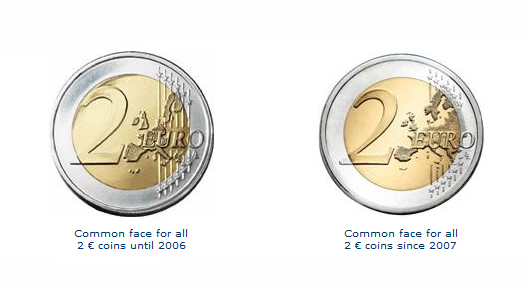 The edges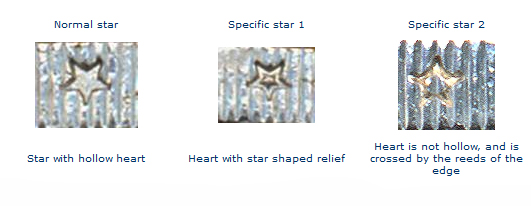 Coin displayed national side up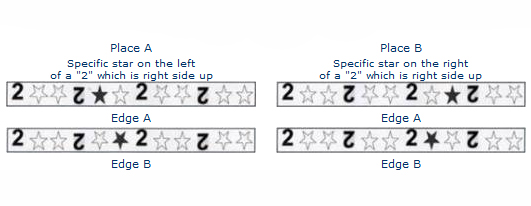 Suggestions of designs for the common face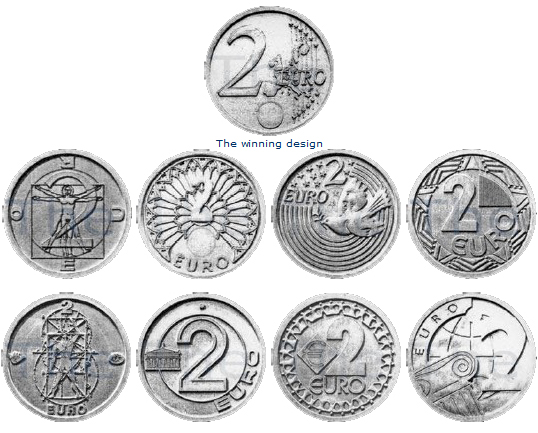 source: www.collect2euros.fr Euro coins that never were        
| ||||||||||||||||||||||
 |
    |
 |
|

